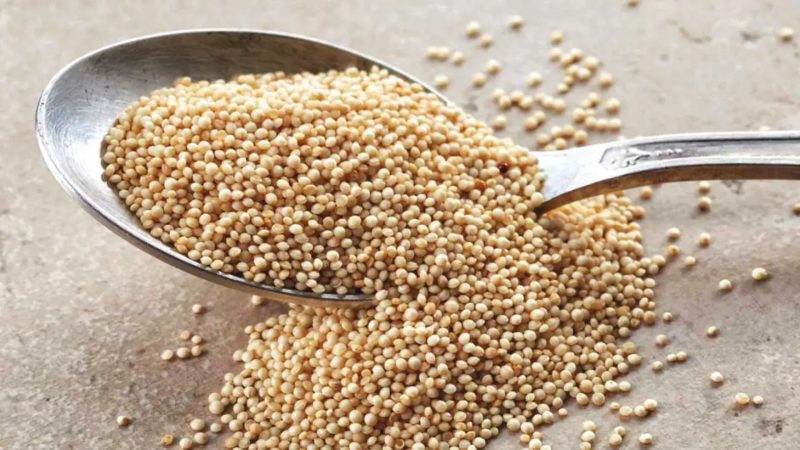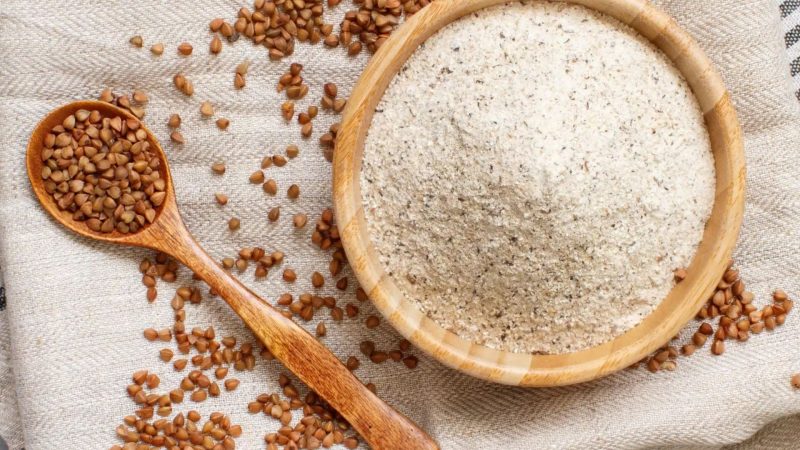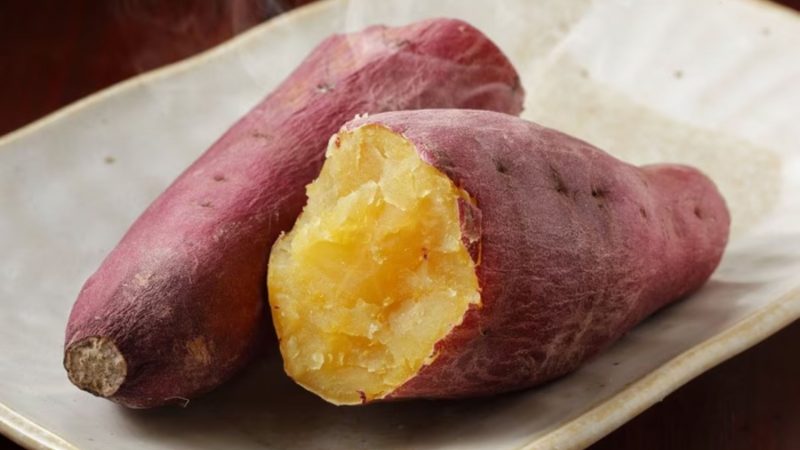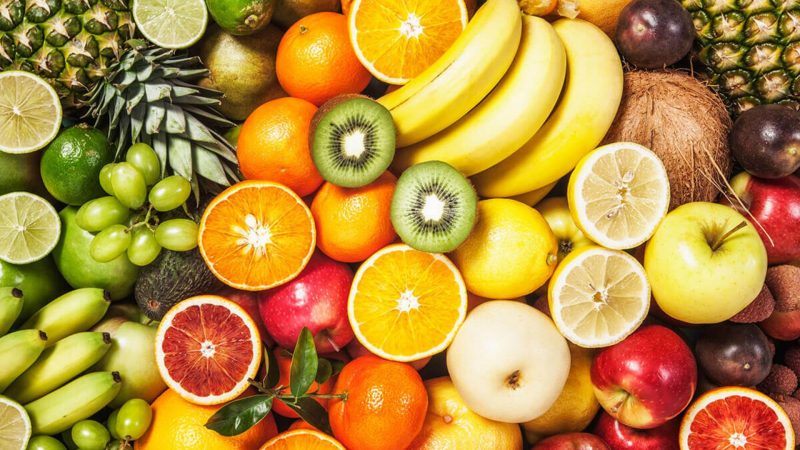
5 Healthy Alternatives For Navratri Fasting
Navratri begins on Thursday, October 3 and concludes on Saturday, October 12, and followers of Maa Durga have already begun preparing by gathering puja samagri, purchasing vrat-friendly meals, and thoroughly cleaning their homes to welcome the goddess home.
For nine days, people fast from sunrise to sunset. The celebration concludes with Kanya Pujan, during which young girls, known as kanjaks, are regarded as manifestations of the divine feminine energy. They also get little presents and are offered halwa, puri, and chana.
Nutrient-dense foods that not only provide you energy but also essential micronutrients that feed your body and mind should be a part of your Navratri diet.
During the Navratri fast, sabudana is often consumed in the forms of khichdi, kheer, and tikkis. It is one of the most well-known vrat meals. Although sabudana has a high glycaemic index, it is an excellent source of energy and is rich in starch and carbs. It can also raise blood sugar levels and is low in essential nutrients.
In celebration of Navratri, a time for fasting and spiritual rejuvenation, it is essential to keep the body and soul balanced and nourished. While sabudana (tapioca pearls) has been a traditional fasting food, it is heavy in starch and low in vital nutrients. It’s important to look for healthier substitutes during a fast that respects tradition while also boosting wellbeing. Choose nutrient-dense foods such as fruits, sweet potatoes, buckwheat, amaranth, and water chestnut flour.
Healthy Alternatives For Navratri Fasting
1. Amaranth

Amaranth, also referred to as “rajgira,” is a nutrient-dense superfood that is high in fiber, protein, and vital vitamins and minerals. Including amaranth in your fasting routine ensures long-term energy and encourages muscle growth and repair. Because it is gluten-free, it is appropriate for people who have gluten intolerance and may be used as a versatile base for a variety of foods, such as pancakes and porridge.
2. Buckwheat Flour

Buckwheat, also known as ‘kuttu’, is a grain-like seed rich in protein and complex carbohydrates. Because of its unique composition, it provides an abundance of energy and keeps you feeling full and satisfied during the fasting time. Buckwheat also has rutin, a strong antioxidant that lowers inflammation and promotes heart health. Make savoury pancakes, dosas, or even healthy bread substitutes using buckwheat flour.
3. Water Chestnut Flour

An essential ingredient for the Navratri fast, water chestnut flour is made from the underground corms of water chestnut trees. Because of its low glycaemic index, this gluten-free flour is a great option for maintaining stable blood sugar levels. It is high in potassium, which promotes electrolyte balance and enhances nerve and muscle function. Try experimenting with its cooking options by adding it to bread, baked products, or classic Indian sweets like laddoos.
4. Sweet Potatoes

Sweet potatoes are a nutritious powerhouse, packed full of dietary fibre, vitamins, and minerals. Their natural sweetness gives fasting meals a delicious flavour boost and a constant energy supply. Sweet potatoes, which are high in beta-carotene, strengthen the immune system and promote eye health. Including sweet potatoes in your Navratri diet, whether roasted, mashed, or grilled, provides a tasty and nutrient-dense boost.
5. Fruits

Fruits are numerous and have a wide variety of tastes, textures, and health advantages. Enjoy a variety of seasonal fruits, including bananas, apples, pomegranates, and oranges, while fasting during Chaitra Navratri. These fruits support healthy digestion and increased immunity since they are high in vitamins, antioxidants, and fiber. Enjoy them as whole fruits, add them to smoothies, or use them as a garnish for salads and desserts to give your fasting meal.



